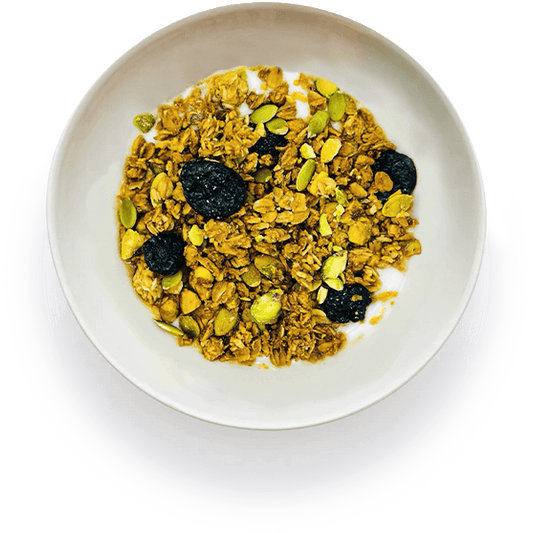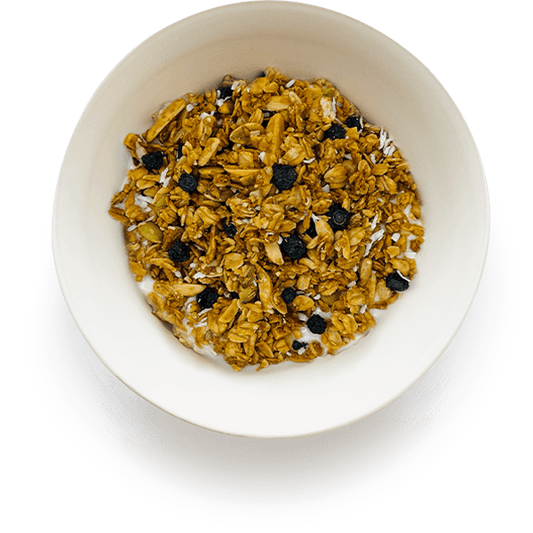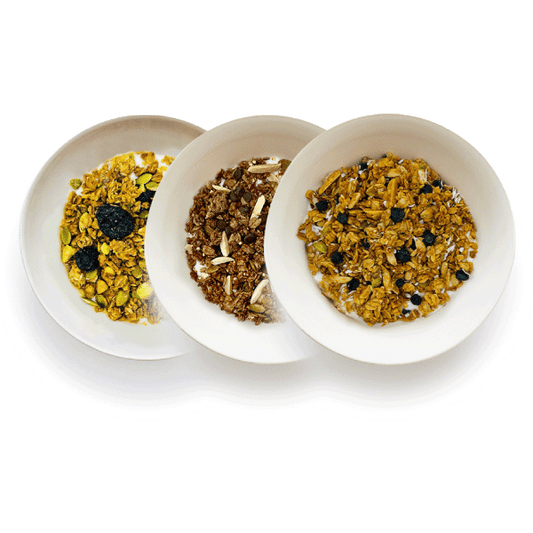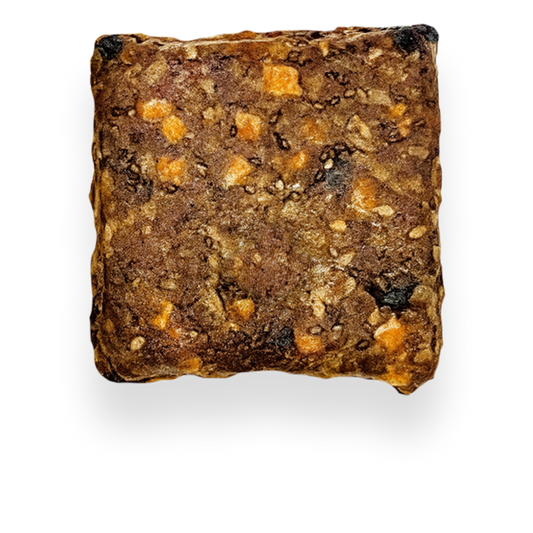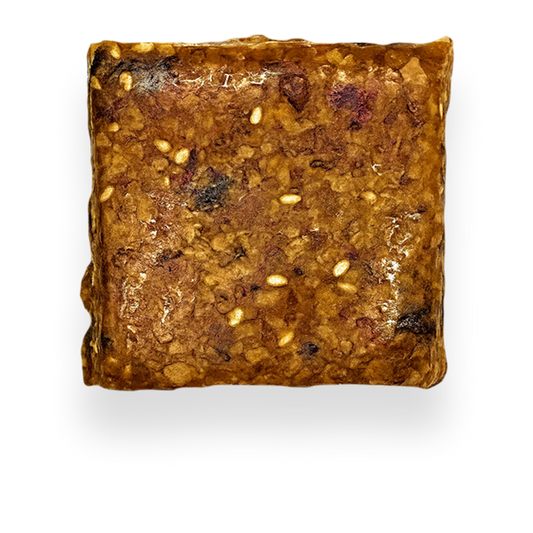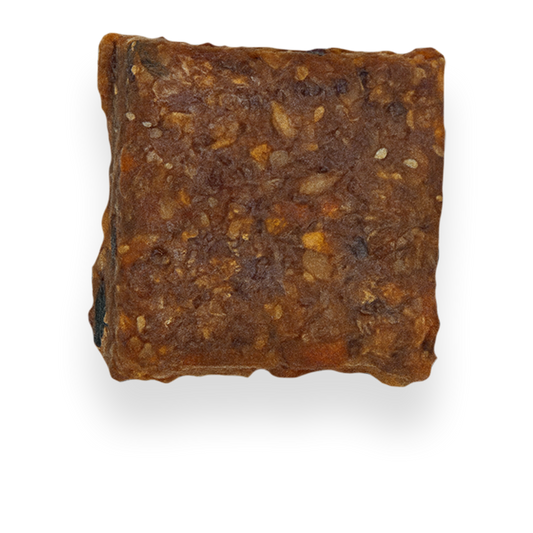Reduce Inflammation Naturally: How Your Diet Impacts Muscle Recovery and Energy Levels
By FireRoad Life
You know that dull soreness that never really goes away? The one that makes stairs feel like a leg workout even on your “rest day”?
That’s your body telling you something. And it’s not always about training too hard — sometimes it’s what (and how) you eat.
We usually talk about recovery in terms of stretching, protein shakes, or massage guns. But there’s this quieter factor that makes or breaks recovery: inflammation.
What Inflammation Actually Is (and Why It’s Not Always Bad)
Inflammation isn’t your enemy. When you train, you create tiny muscle tears. Your body sends nutrients and immune cells to repair them — that’s inflammation doing its job.
But here’s the catch: when inflammation never turns off — from poor diet, stress, or lack of sleep — it stops helping and starts hurting. That’s when you feel tired all the time, recover more slowly, and just feel “off” even if your workouts look fine on paper.
The Role of Food: What You Eat Either Fuels or Calms Inflammation
Food works like a volume knob for inflammation: some choices turn it up, others turn it down.
On the “turn it up” side, processed meats, sugary snacks, fried foods, and refined carbs—yes, even that post-workout donut—can stoke an inflammatory response, and a steady stream of omega-6-heavy oils from fast food or packaged snacks pushes the dial further.
On the “turn it down” side, build meals around omega-3 fats (walnuts, chia seeds, flax) and a rainbow of fruits and vegetables, then layer in green tea, turmeric, ginger, and berries—polyphenol-rich picks that help counter oxidative stress.
In short, plants, whole grains, and good fats cool the fire, while processed and sugary foods fan the flames. Small daily swaps toward whole, minimally processed options support an anti-inflammatory diet and help you feel better, train harder, and recover faster.
Why Diet Affects Muscle Recovery (More Than You Think)

When inflammation stays high, your body works overtime just trying to get back to normal, leaving fewer resources for muscle repair, hormone balance, and steady energy.
You might notice it in everyday training and recovery—waking up very sore even after rest days, feeling “heavy” or sluggish during workouts, hitting random energy dips for no clear reason, and getting sick more often.
All of these are signs that diet-driven inflammation is crowding out the processes your muscles need to rebuild and perform.
The good news: dialing down inflammation with food can flip that around fast, helping restore smoother recovery, more stable hormones, and more reliable energy so you can train hard and bounce back stronger.
Eat Like You Actually Want to Recover
If you want to reduce inflammation naturally, build meals that cover three basics:
-
Protein for muscle repair — plant-based proteins like edamame, tofu, mushrooms
-
, beans, tofu, nuts, and seeds
-
Healthy fats for recovery — olive oil, nuts, avocado, and especially omega-3s.
-
Antioxidants for cleanup — berries, leafy greens, turmeric, and colorful veggies.
If your daily schedule is wild and cooking the right food with the right ingredients feels impossible, grab something on the go that’s already balanced.
FireRoad’s Whole Food Meal Bars and Veggies + Grains are designed around these same principles — whole ingredients, real nutrients, and zero junk oils. They make it easy to stay on track even when you’re too busy to meal prep.
Small Daily Habits That Lower Inflammation
1. Sleep like it’s part of your training.
You don’t build muscle in the gym — you build it while you sleep. Miss sleep and inflammation stay high, period.
2. Hydrate early, not just after workouts.
Water helps flush metabolic waste and keeps your body’s recovery systems running. A simple rule: drink before you’re thirsty.
3. Move a little on rest days.
Gentle walking or mobility work keeps blood flowing and clears out leftover inflammatory compounds.
4. Manage stress before it manages you.
Even low-grade stress raises cortisol, which feeds inflammation. Five minutes of breathing, prayer, journaling — whatever works — can literally change your body chemistry.
Easy Anti-Inflammatory Swaps
|
Instead of |
Try this |
|
Sugary cereal |
Overnight oats with berries |
|
Chips or crackers |
Nuts or roasted chickpeas |
|
Soda |
Sparkling water with lemon |
|
Fast food lunch |
Whole Food Meal Bar on the go |
|
Creamy dressing |
Olive oil + lemon |
None of these require huge discipline — they just trade the inflammation-fueling stuff for foods that help your body recover instead of fighting itself.
How It All Comes Together
The difference between being “fit” and actually feeling good often comes down to recovery. You can train five days a week, but if your body’s inflamed, progress slows.
You’ll know you’re getting it right when you wake up less sore, your mood has become noticeably lighter, and you feel strong during workouts again.
That’s the power of consistent, anti-inflammatory habits — nothing extreme, just smart choices stacked over time.
So if you’re sore, tired, or stuck in that “why do I feel wrecked all the time?” loop, start with your plate. Add color. Eat more plants. Get your omega-3s.
And when life’s too packed to cook, reach for something built right — like FireRoad’s energy bites or meal bars — so you can feed recovery without losing time.
Your body knows how to heal. You just have to give it what it needs.
The information on this website is for informational purposes only and not intended as a substitute for professional medical advice, diagnosis, or treatment. Always seek the advice of your physician or other qualified health provider with any questions you may have regarding your health, diet, or any medical condition.



